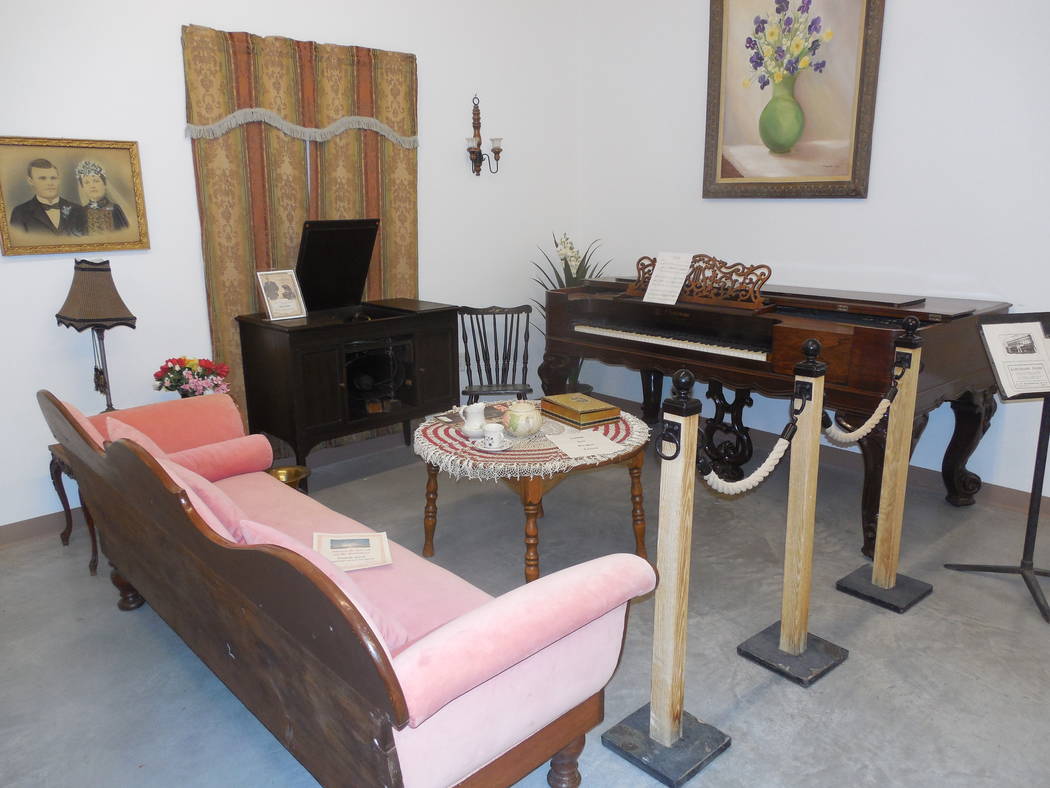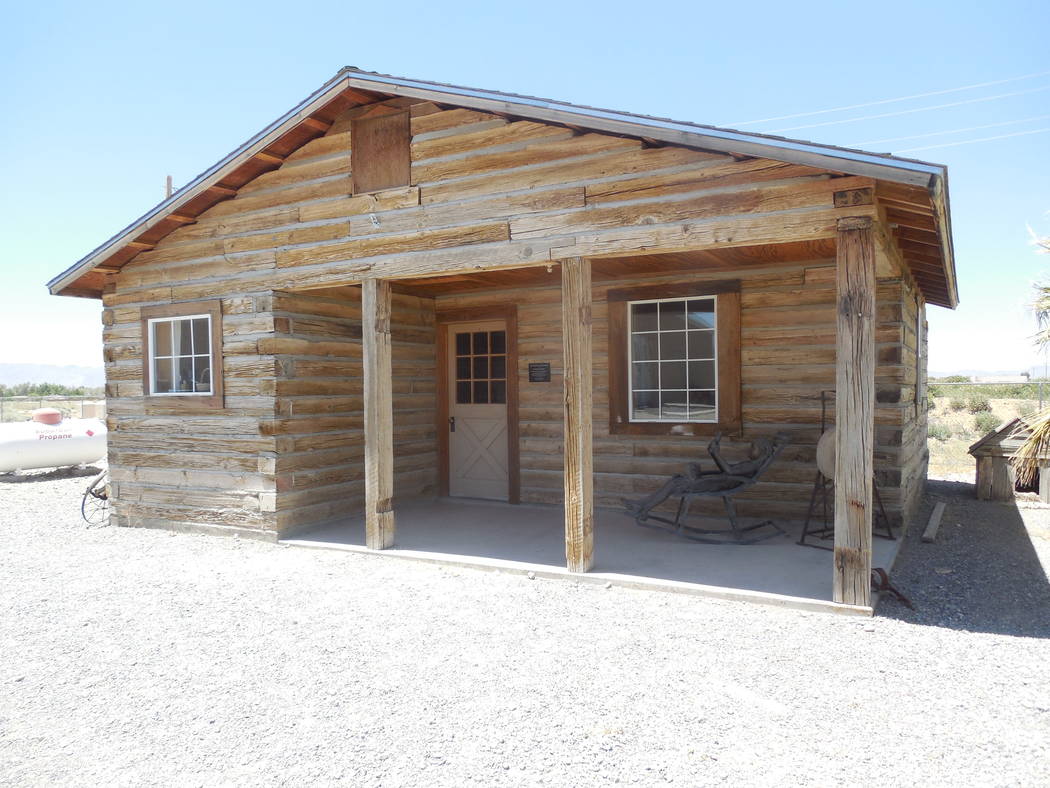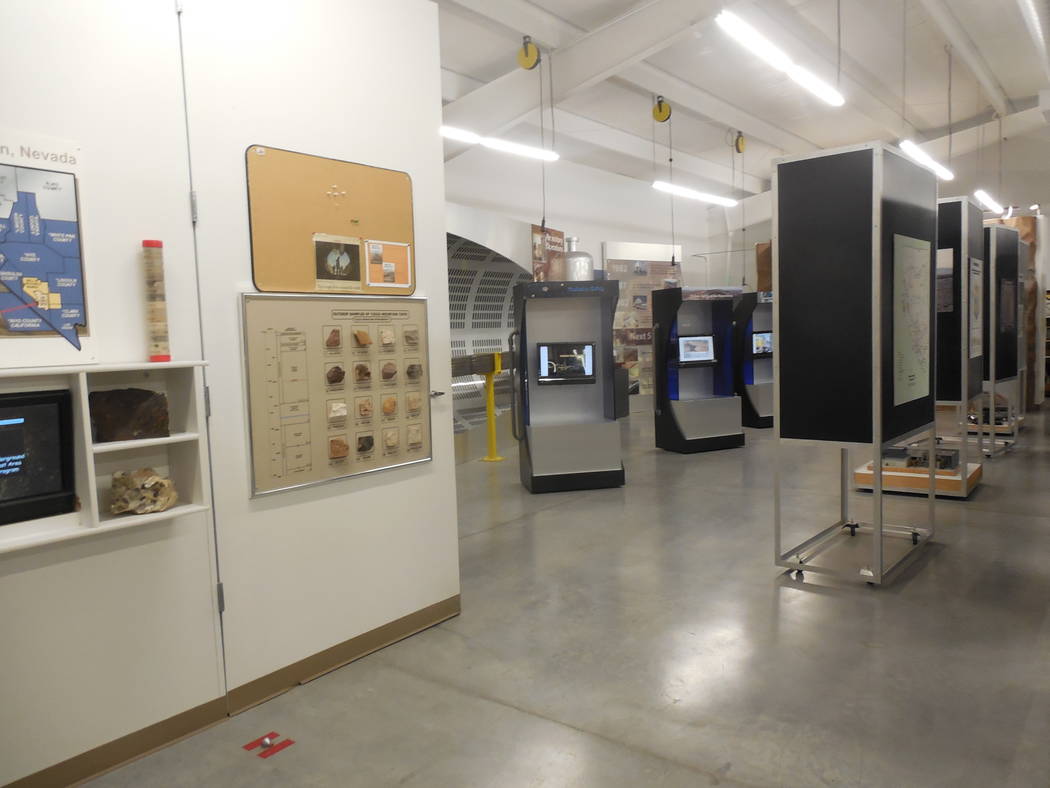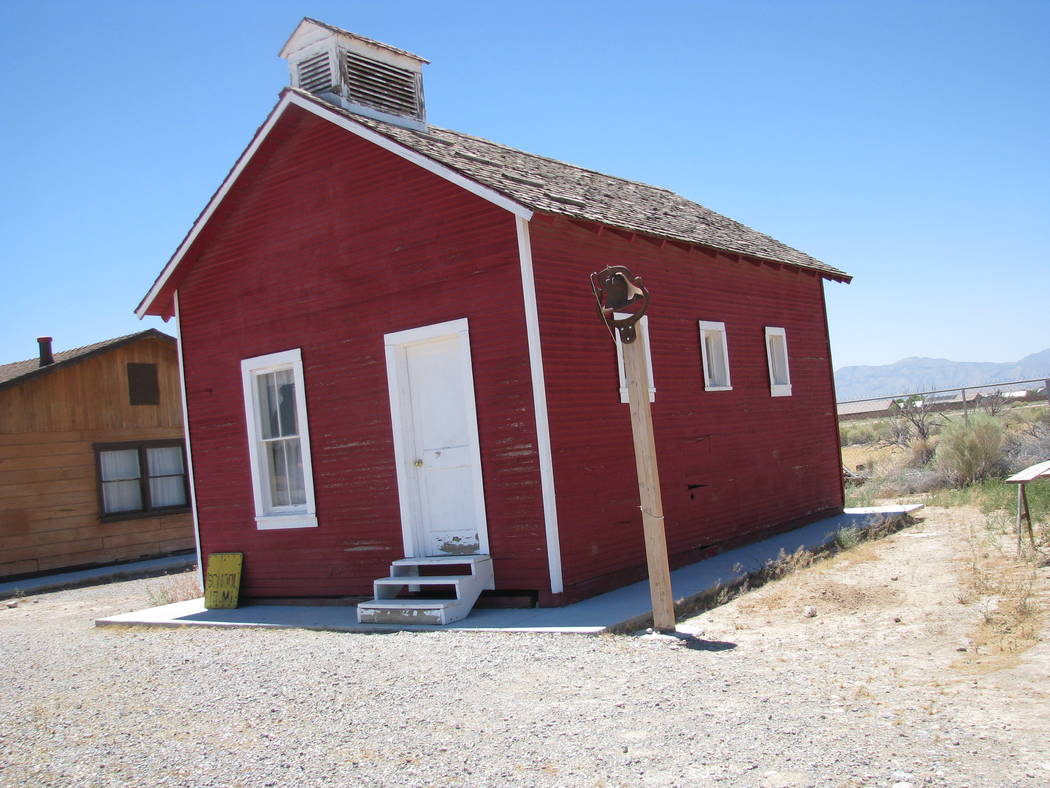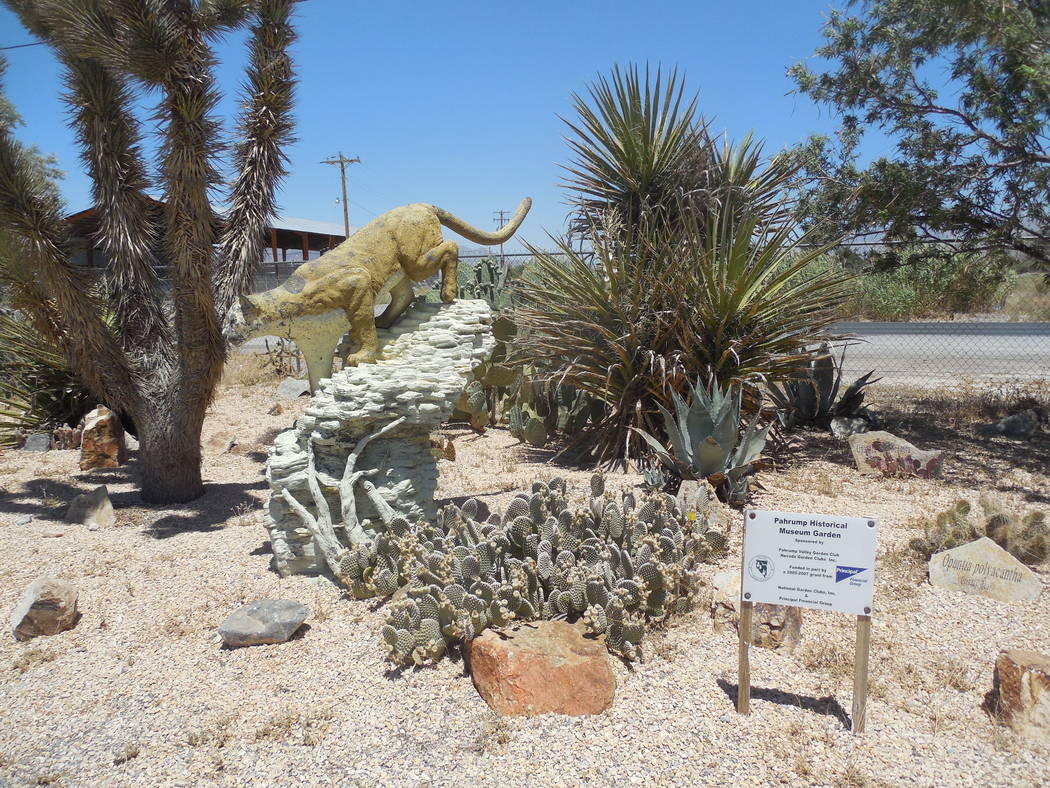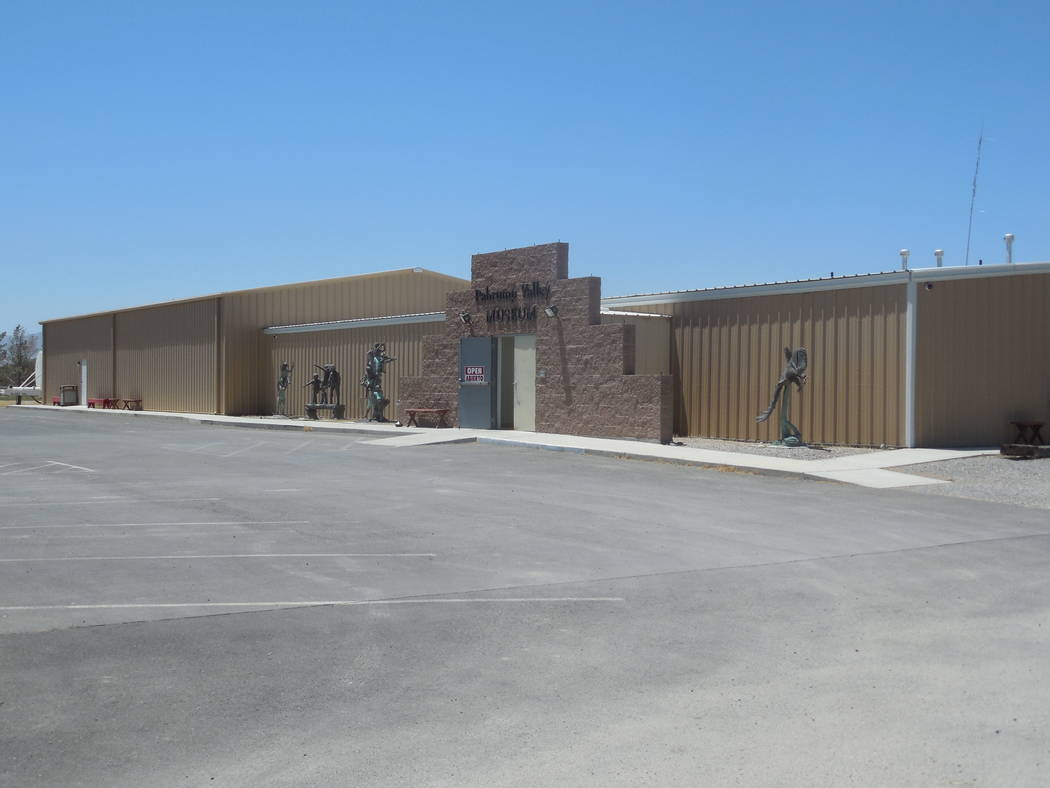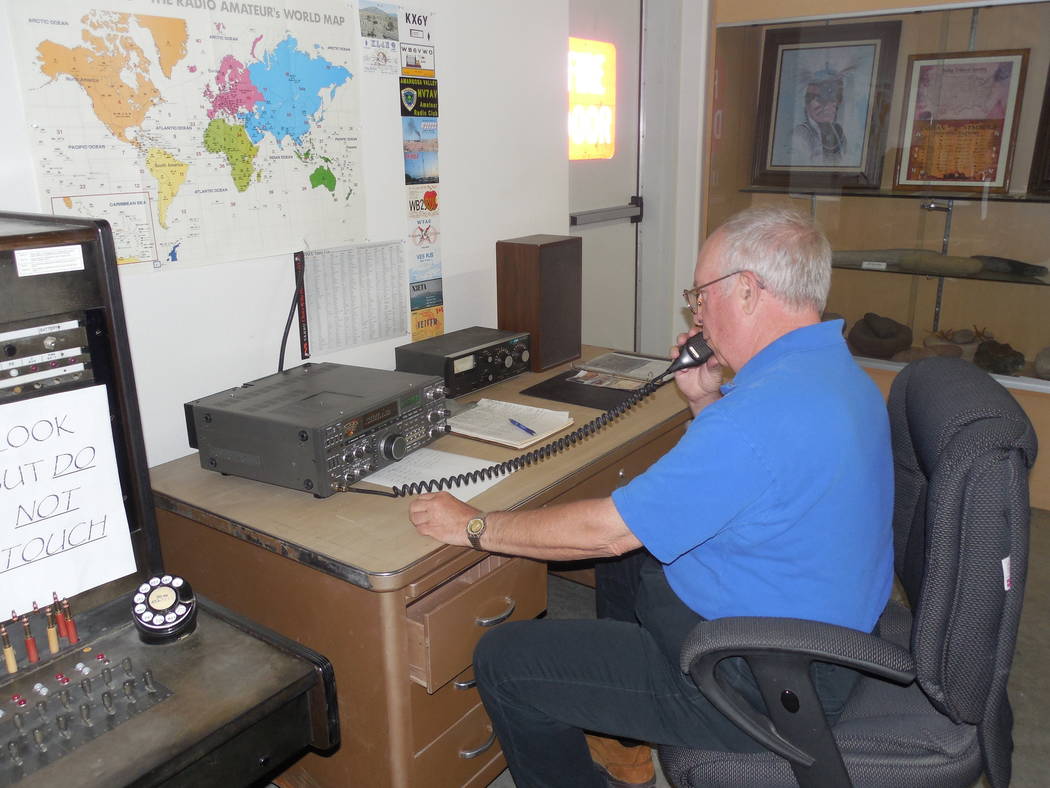Museum brings history alive in Pahrump
The Pahrump Valley Museum was established 25 years ago to preserve and display the history and pre-history of our valley.
In fact, our valley has been inhabited for many thousands of years by various peoples before the coming of American settlers in the 1870s. From a settlement of isolated farms to our present population of almost 40,000 souls, we need to look back and discover how we got to this point.
Informed visitors to the valley frequently take time to visit our facility on East Basin Avenue west of Highway 160, but many local residents do not realize that a museum exists here. For this reason, I plan to write a regular report about our exhibits and activities and provide information about our plans to expand the displays.
Many of our exhibits provide insight on how people survived in an isolated desert environment devoid of paved roads, electrical power, telephones, and medical facilities. Many artifacts and vintage photographs are on display to show the rustic conditions that existed prior to the early 1960s.
Thanks to the work of many individuals who farmed and mined during the early years, the roads were improved and commercial power was established through formation of a CO-OP. As we grew, new businesses were fostered with the growing population.
The Nevada Test Site played a prominent role in Pahrump’s more recent development and several hundred early Pahrump residents were employed by its contractors. We have an excellent display of the Test Site and Yucca Mountain operations including equipment mockups, photos, and video presentations. This display is one-of-a-kind which we are proud to own.
Other exhibits under continuous development include the original Pahrump schoolhouse, typical early residences, and reconstruction of the Binion underground vault. The oldest building in Pahrump is on our premises and is awaiting major renovation. Our museum director and associates are always ready to provide walking tours of these special exhibits.
A new exhibit being developed is a working amateur radio station with typical radio and communications gear on display. The local radio club is assisting with this and a number of equipment items have been donated or loaned. Amateur radio was the only direct communications link to the rest of the world 65 years ago.
If you would like to learn more about our community and its origins, stop in and tour the exhibits. Donations are always appreciated and we have an excellent bookstore and gift shop.
Museum hours are 9 a.m.-5 p.m., Tuesday through Sunday.
School groups and other organizations can arrange special tours by contacting our museum director. The museum sponsors monthly lectures and programs of special interest which are usually announced in the local paper.
More information about museum plans and activities will be presented in future articles.
Jon Schumacher is a museum board member who has lived in the Amargosa and Pahrump valleys since 1978. He was a Nevada Test Site contract employee until retirement in 2008.


